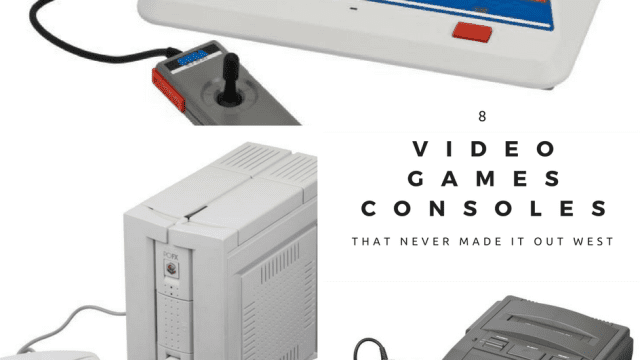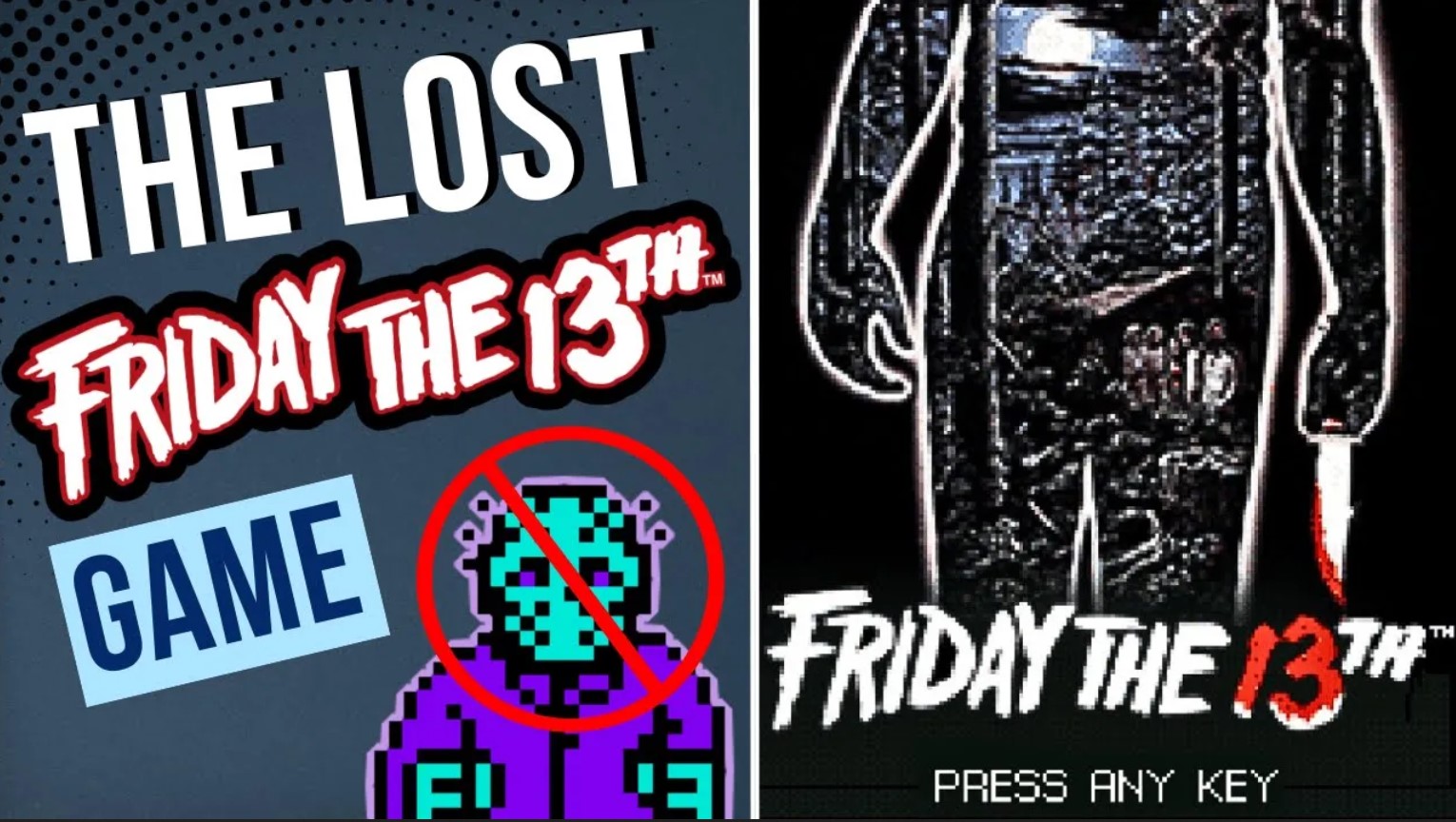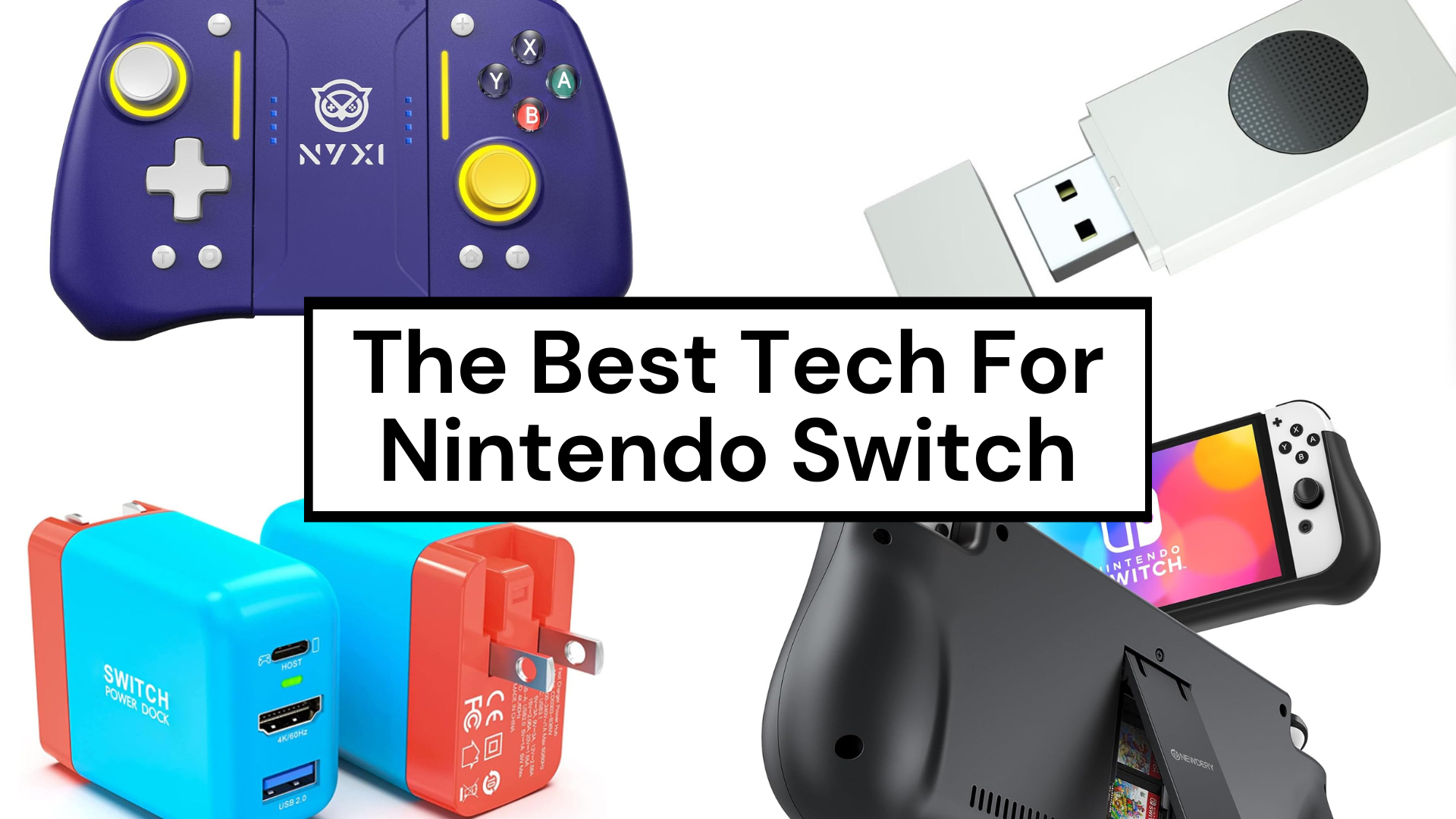Video game consoles come in many flavors; although nowadays the big ones just seem like slightly underpowered computers. But back in the old days a great many consoles never made it out to the good old US of A, for one reason or another. Sometimes they simply weren’t as popular in their home country to warrant bringing them over, or maybe the games simply just wouldn’t work stateside (I’m looking at you PCFX and your weird dating sims). So why don’t we take a trip down memory lane and look at a few consoles that didn’t get released in the United States.
Sega SG-1000 (1983)

SEGA was a major player in the home video game market around the world, even beating out Nintendo in many parts of it. So it’s strange that the Sega SG-1000 didn’t come over to the US market. Released on the same day as the Famicom (the Japanese version of the NES) the system couldn’t keep up with Nintendo in the long run. One reason is that the SG-1000 was using the more traditional joystick format to match arcade games at the time, while the Famicom revolutionized the industry with its D-Pad and face button layout. Oh, and the name SG-1000 doesn’t really roll of the tongue either.
NEC PC-FX (1994)

I mentioned the PC-FX in my opening paragraph, but the story of this console is a sad one. More than anything the failing comes from bad timing and being afraid to push technology forward. The NEC PC-FX is the followup to the much-loved PC Engine; a console that even managed to outsell the Famicom for a time in Japan. While the PC Engine did make it over as the modified TurboGrafx-16, the PC-FX wasn’t so lucky. This computer looking console came out in 1994, but was heavily outclassed by the competition that launched alongside it. While the PC-FX did adopt the CD-Rom technology of its compatriots, the console wasn’t able to handle 3D of any kind. Both the Sega Saturn and PlayStation destroyed the PC-FX upon launch with their 3D games and the system was relegated to being the console known for dating sims.
FM Towns Marty (1993)

Winner of the dumbest name in video game history, the FM Towns Marty didn’t really know what it really was (did it even feature an FM radio?). The CD based console was actually pretty cool, as it was playing host to a 386X-based IBM PC inside. That means the Towns, err, the Marty(?) was pretty much a PC with a custom graphics chip and a gamepad instead of a keyboard. The PC inside meant that the system could run a lot of pretty impressive ports of PC games of the day as well as being compatible with software that released on the FM Towns home computer. All that didn’t help as the console did not manage to sell very well. The high price put the Marty out of reach, especially when so many other consoles were out and much cheaper. But it does have the distinction of being the first 32-Bit console on the planet.
WonderSwan Portables

The WonderSwan is a handheld console that many people over here never knew existed. Well, not only did it exist, by several consoles remodels came out to compete with the GameBoy. What is really interesting is that the original black & white WonderSwan was released by Bandai and designed by Gunpei Yokoi, the man behind creating the GameBoy! His leaving Nintendo on bad terms is an article all in and of itself, but the WonderSwan managed to carve out quite the little market over in Japan. Similar to the Atari Lynx, the WonderSwan could display 8 shades of gray (the GameBoy could only handle 4) and the console used only a single AA battery. The unique control scheme also meant that the WonderSwan could be played in both portrait and landscape modes. Bandai, Capcom, Namco and even SquareSoft released a number of major titles for the handheld that were pretty popular. They even managed to compete against Nintendo and the Pokemon craze by nabbing the Digimon and Gundam licence and releasing exclusive games on the system. The WonderSwan ran until 2003, even gaining a color edition and finally the SwanCrytal that featured a TFT LCD screen. No idea why the WonderSwan never made it stateside, but after SquareSoft left to stick with the GameBoy the writing was on the wall and sales did dip.
Casio PV-1000 (1983)

Another console in the long line of dumb names, the Casio PV-1000 hit the market in 1983 and was pulled from shelves in only a matter of weeks due to low sales. That means the PV-1000 is pretty rare, even in the country that it was released in! Before Casio found great success with their calculator watches they took a stab at several home computers. Thanks to the success of their early MSX home computers they jumped into the home video game market with the PV-1000. Sure, they jumped out as fast as someone steeping into a cold shower, but their console was pretty neat. Powered by a Z80A micro-processor and had 8 available colors to play with. Unfortunately there were only fifteen games released for the console with Dig-Dug being the most notable title. A stronger launch library and marketing budget could have seen Casio become a real player in the console wars in Japan.
Amstrad GX4000 (1991)

The only console on this list that comes from Europe, the GX4000 was dead in the water because of poor timing. The console was pretty impressive on paper using an upgraded design of the very popular Amstrad CPC hardware. While the home computer market was incredibly strong across Europe, Amstrad just couldn’t cut it in the home console market. It was outclassed by the SNES, Genesis/Mega Drive and even the Amiga who had then gone 16-bit at the same time. Coming in at £99 (around $130) the GX4000 was marketed as bringing arcade quality titles home. People loved their cheap 8-bit computers in Europe, but the GX4000 came about far too late to make a mark. Because the fact it was essentially a CPC, this meant many of the games could already be played cheaply on home computers, so consumers had no reason to go out and upgrade to a console that played the same game. It’s a console that was stuck in the past even before it launched, even though many claim it was as powerful as the SNES. Only a few weeks after release it was discounted down to as low as £29.99 in many places and very little software came out that ever pushed the console; if any.
Daewoo Zemmix (1984)

When not making cheap cars (pretty sure it’s the same company) Daewoo released the Zenmmix in 1984. This console is one of the most rare in collecting circles and there isn’t a lot of information out there on its complete history. What we do know is that the Daewoo Zemmix was a Korean console that lasted all the way into 1995 in one form or another, but that’s because it was essentially a console shell for an MSX computer. There was only one developer (quite possibly the company) that made specific games for the console as many MSX based game would work fine on the system. Some cool accessories came along that allowed Famicom games to be played on the console, RAM expansion, music creation keyboard and various other upgrades. The Daewoo Zemmix is just a fancy shell for an already existing computer, but it did have some games released just for the machine over the years so it just barely makes the cut as its own console.
Super A’Can (1995)

The Super A’Can was Taiwanese video game console that should have worked and been successful around the world. This is another issue of poor timing as the console was simply late to the 16-bit party. The console ran on a Motorola 68000 processor that both the Sega Genesis and Neo Geo used and featured an SNES style controller. Even in early 1995 the little console was pretty powerful, but the world was shifting into 3D with the rise of the PlayStation and Sega Saturn and the Super A-Can, much like the PC-FX, just couldn’t handle 3D. The console was also pretty expensive at launch and consumers just weren’t comfortable jumping on-board so late. A full list of games is hard to come by, but it’s believed that twelve games were released for the console in cartridge format. A few years sooner and the Super A’Can may have made a real impact.




